Guayaquil is generally safe for travelers, but staying alert and taking precautions is always a good idea.
Although Old Guayaquil has a reputation that may have discouraged tourists in the past, we found the city to be more than just a stopover. It’s worth looking beyond the misconceptions about Ecuador’s largest city and exploring what it has to offer.
Located on the Guayas River about 250 kilometers southwest of Quito, Guayaquil is rapidly evolving. The city has made significant strides to improve safety and its appeal to visitors. My wife and I spent a day and a half exploring Guayaquil, and I’m happy to share our experience.
From my perspective, joining a city tour or a free walking tour is an excellent way to explore while staying safe. It allowed us to see the highlights of the city without worrying about navigating unfamiliar areas on our own.
Looking back, visiting Guayaquil safely required local knowledge – from choosing the right neighborhoods to knowing how to get around securely. Skip the uncertainty I faced and get a FREE personalized Ecuador trip quote from my trusted local experts who know exactly how to ensure a safe and enjoyable visit. Your booking helps support both this blog and local Ecuadorian communities.
Plan perfect trip to Ecuador & Galapagos
I spent countless hours researching everything about traveling to Ecuador, and I created this blog for fellow travel enthusiasts who want the best, most reliable information. But if you want to save time, we’ve partnered with the top local agency to plan your dream trip.
Safety in Guayaquil
Guayaquil’s reputation for crime has indeed made some travelers hesitant, but my wife and I found that, like any major city, staying vigilant and blending in can make all the difference. By exercising basic caution and avoiding unnecessary risks, we were able to enjoy our time in the city without issues.
We chose to stick to well-known safe areas, with Malecón 2000 being a standout. This beautiful riverside neighborhood has a visible security presence, which made us feel at ease while exploring. For added peace of mind, we booked a hotel in the area, staying at the Wyndham Guayaquil. It turned out to be an excellent choice—not only was the hotel itself secure and welcoming, but the surrounding neighborhood was pleasant and ideal for visitors.
Here are some warnings and possible dangers in Guayaquil that can help tourists plan their visit.
Public Transportation and Taxis
For extra peace of mind, we asked our accommodation to call a reliable taxi for us or arranged an Uber instead. This approach worked perfectly, and we never had any issues during our stay.
Pickpockets and Theft
In Guayaquil, pickpocketing is a common issue, so my wife and I were extra cautious about keeping our belongings secure. We left valuables in our hotel and only brought the essentials on our tours. I carried a theft-resistant backpack, which turned out to be incredibly helpful. My wife also kept her bag close, especially at crossings, as we’d heard about thieves on mopeds snatching bags right out of people’s hands.
We were particularly vigilant in tourist areas, airports, restaurants, bus terminals, and public markets, where pickpockets are most active. We made it a point never to leave our belongings unattended. One scam we read about—and fortunately avoided—involves thieves splashing a liquid on you, pretending to clean it up, while an accomplice picks your pockets or grabs your bag.
At one point, I felt a bit paranoid when I noticed someone suspicious following us. I turned around a few times, and eventually, he disappeared. It was a tense moment, but it served as a good reminder to stay aware and trust our instincts.
Scams
In Guayaquil, we learned to be cautious about one of the most common scams: con artists trying to sell fake tours and excursions to tourists. To avoid this, we made sure to book all our tours through certified providers like Viator, which gave us peace of mind and ensured we weren’t taken advantage of.
Cab fares were another area where we stayed vigilant. We always checked that the meter was running and made a habit of inspecting any change we received to avoid counterfeit bills. It’s not a place where you want to cut corners, so we prioritized safety and reliability over saving a few dollars. Staying aware of our surroundings helped us steer clear of these common scams and made our experience in the city much smoother.
Mugging
Armed robberies are relatively common in Guayaquil, so we took extra precautions to stay safe. Avoiding expensive jewelry and carrying only enough cash for the day helped minimize risks. We kept our original passports securely stored at the hotel and carried photocopies, including the entrance page, when out exploring.
To avoid unnecessary risks, we stuck to well-populated areas and avoided wandering alone or being out late at night. Valuables were left at the hotel, and we used an anti-theft bag for essentials like cash and phones while sightseeing. It might sound overly cautious, but in Guayaquil, prioritizing safety allowed us to enjoy the city with peace of mind.
Terrorism
Natural Disasters
Ecuador is in a region prone to natural events such as earthquakes, volcanic eruptions, and tsunamis. Before our trip, we checked the current risk levels for these threats to stay informed and prepared. While we didn’t encounter any issues during our visit, knowing the potential risks and having a plan gave us peace of mind. It’s always a good idea to stay updated and take basic precautions when traveling in areas like this.
Is Uber Safe in Guayaquil?
In Guayaquil, Uber became our go-to choice for getting around the city. Booking a ride through the app was straightforward, and we found it incredibly convenient. While prices varied depending on the time of day and distance, they were generally reasonable and well worth it for the ease and safety it provided. We relied on Uber almost exclusively during our stay and never encountered any issues. It made exploring the city feel much more relaxed and stress-free.
Have questions about your upcoming Galapagos trip? Join my Galapagos Reddit community and ask other travelers who recently visited the islands. Get up-to-date tips, real experiences, and honest advice from other travelers (I ban tour agencies and resellers).
Is Guayaquil Safe for Women Travelers?
Is Guayaquil a Safe City for Visitors?
Guayaquil isn’t the safest city to visit, as it has a relatively high crime rate with issues like theft, assault, drug trafficking, and vandalism. During our visit, we made sure to take extra security precautions to minimize any risks.
In Ecuador, even small valuables can attract unwanted attention, so we were careful not to leave personal items unattended. Knowing that recovering lost or stolen items is rare, we stayed proactive by keeping our belongings secure. My wife and I made it a habit to lock valuables, including credit cards, in the hotel safe whenever possible, carrying only essentials during the day.
Pickpocketing, phone and wallet theft, and even theft from moving vehicles are fairly common in Guayaquil. We remained alert and aware of our surroundings at all times. To stay prepared, we noted down addresses and contact numbers for nearby hospitals and embassies. Avoiding the streets at night, even in a group, was another rule we followed. When driving, we kept car doors locked and windows rolled up to ensure an added layer of safety. Taking these precautions allowed us to explore the city without unnecessary worry.
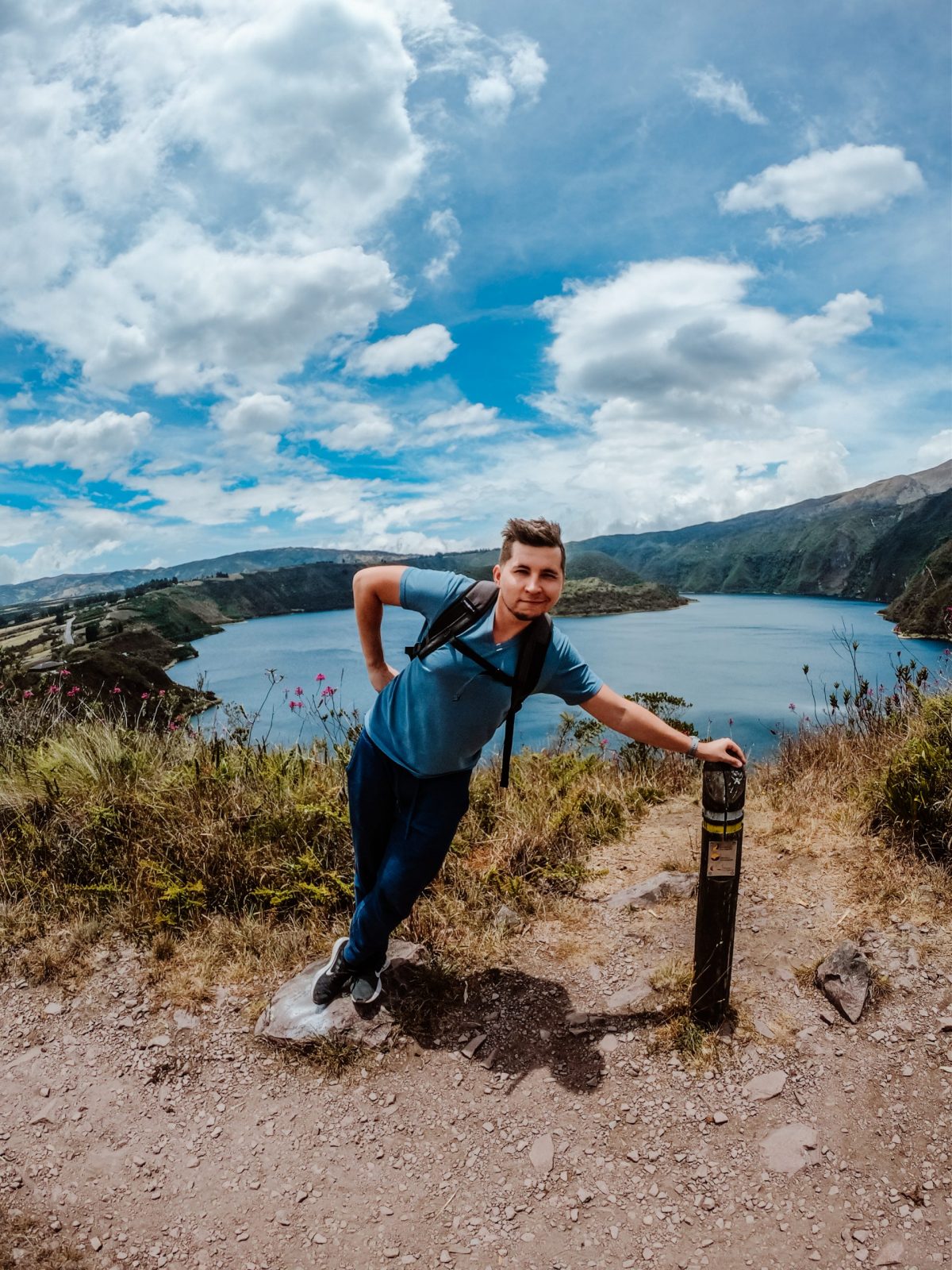
Planning trip to Ecuador?
My wife and I rented a car for 15 days and traveled from the northern part of Ecuador to the south, visiting amazing cities like Quito, Otavalo, Baños, Cuenca, and Guayaquil. Along the way, we explored iconic places such as Cotopaxi National Park, Quilotoa Lake, and many more breathtaking destinations.
Not many blogs cover traveling in Ecuador in detail, so I spent nearly three weeks creating this comprehensive Ecuador travel guide based on our trip. It’s packed with everything you need to know, and honestly, I consider it the best free travel guide about Ecuador out there.
If you’re planning a trip to Ecuador, don’t forget to use my link for discounted hotel prices through Booking.com. It’s a great way to support my blog while saving money on your accommodations!
Conclusion
It’s way safer and funnier (and cheap):
Plan perfect trip to Ecuador & Galapagos
I spent countless hours researching everything about traveling to Ecuador, and I created this blog for fellow travel enthusiasts who want the best, most reliable information. But if you want to save time, we’ve partnered with the top local agency to plan your dream trip.

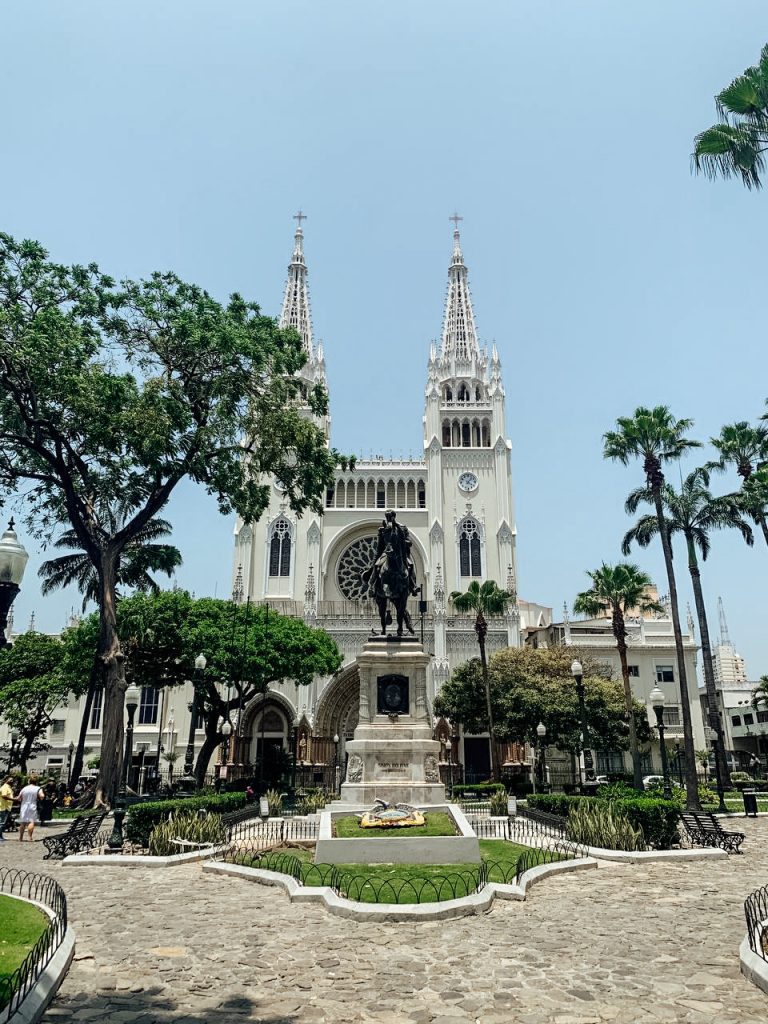
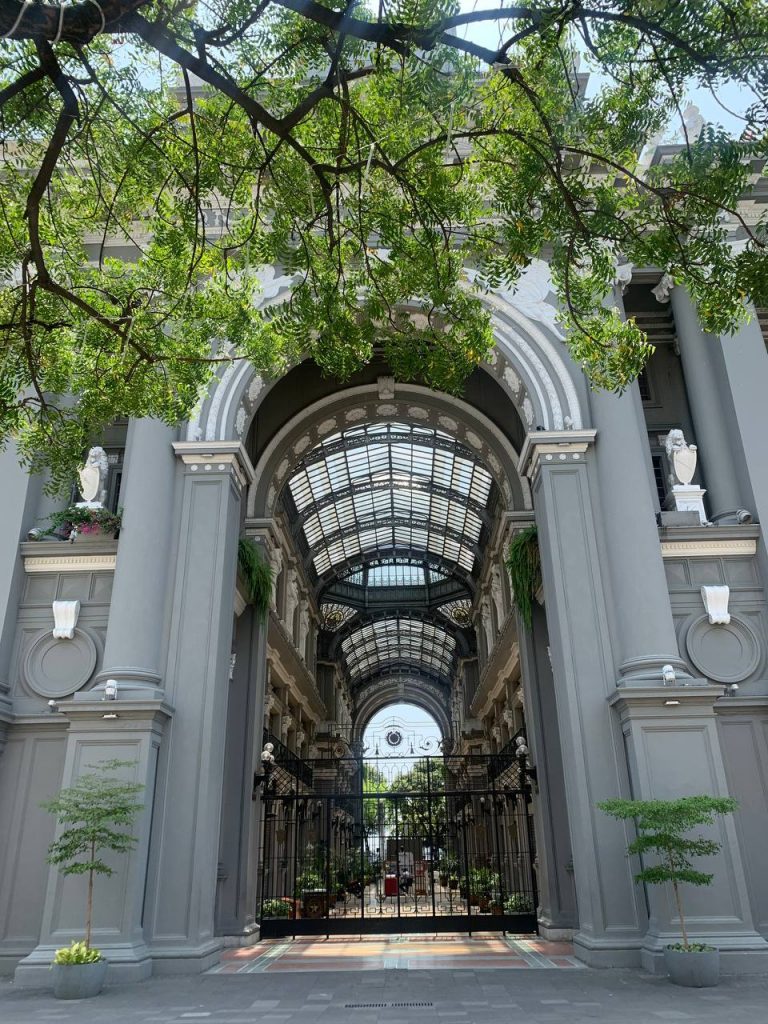
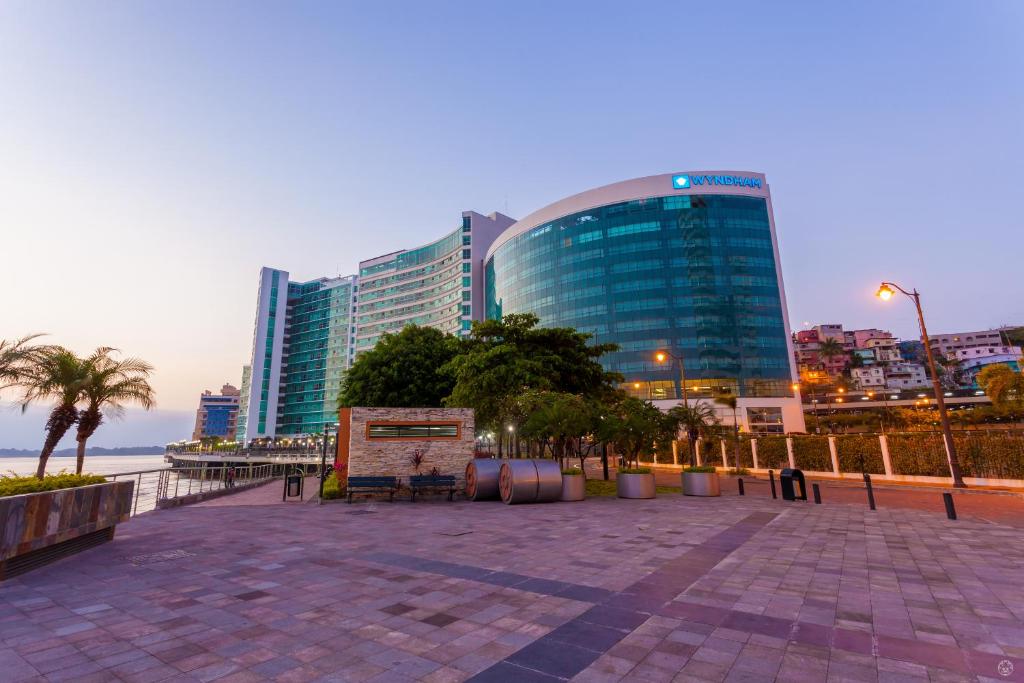
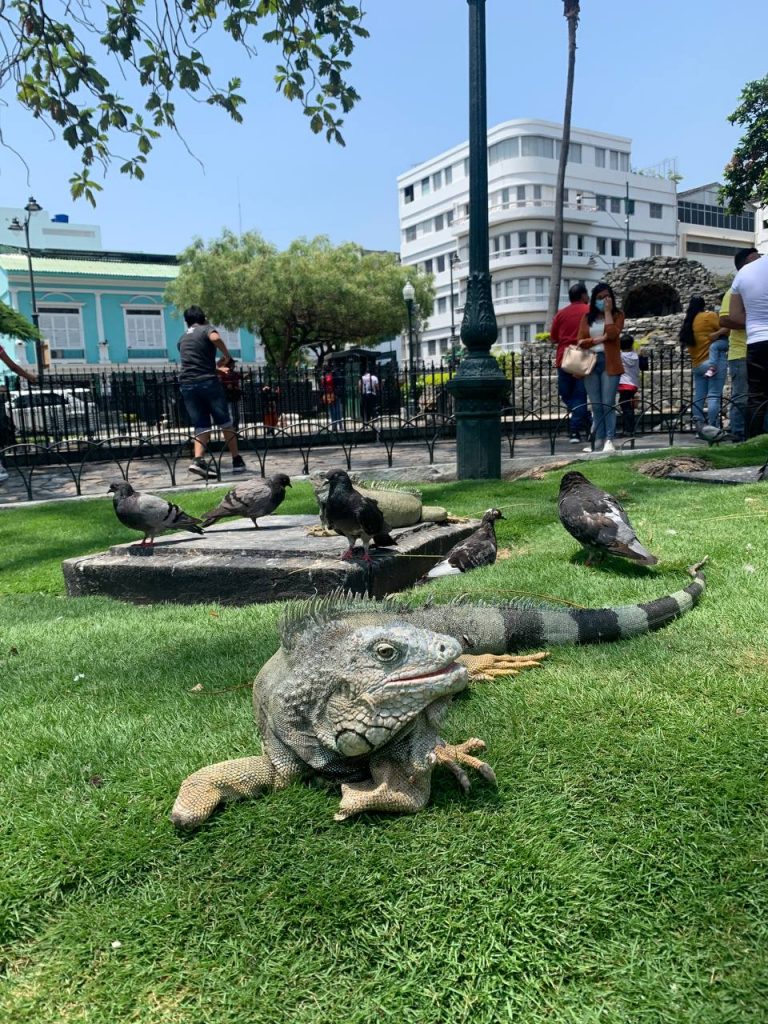

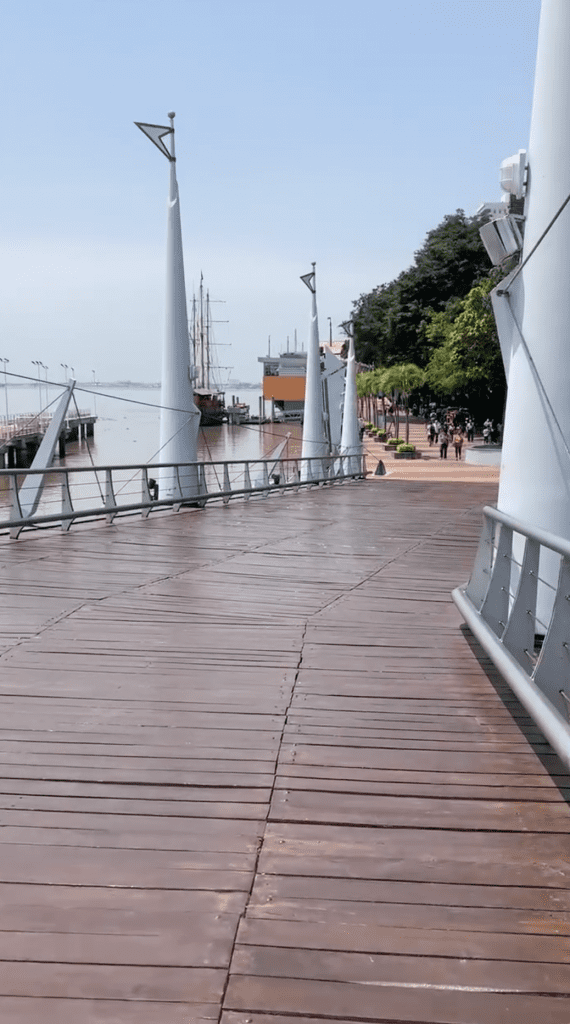
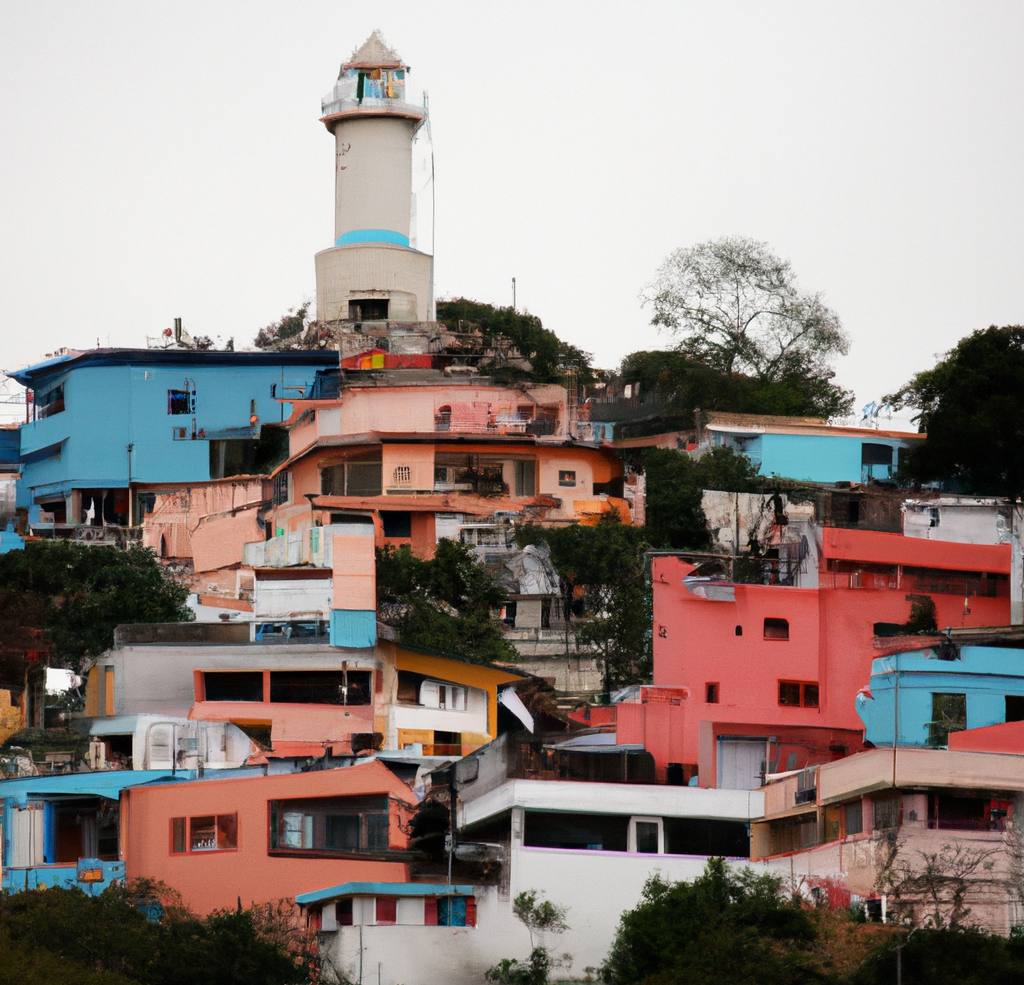
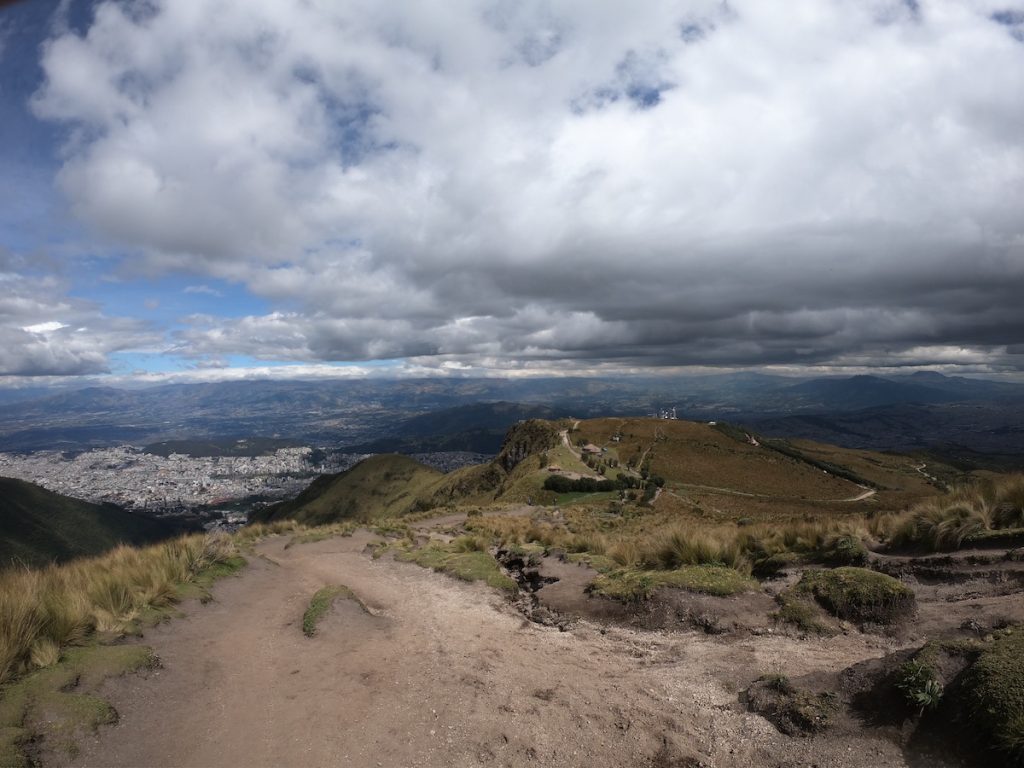

Thank you for being so candid and stating facts. Always good to get first hand news from people who have experienced the journey.
Take care and enjoy your future journeys.